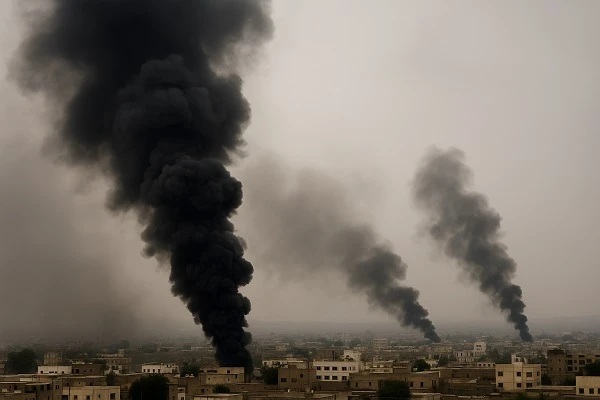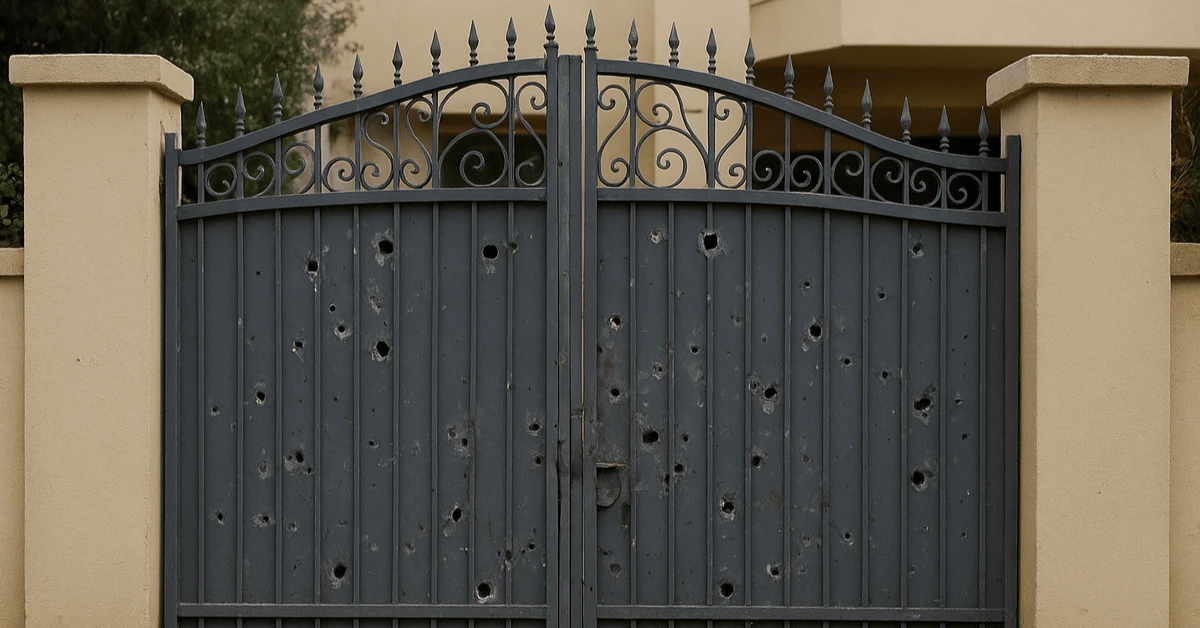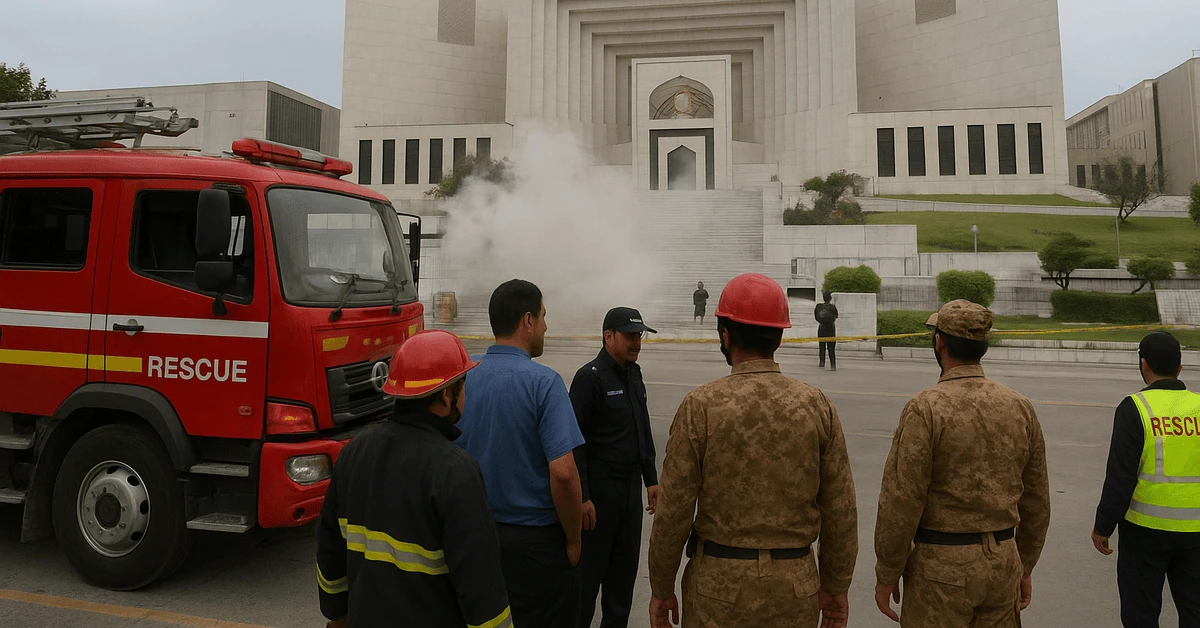Last Updated: July 2, 2025
US Airstrike Targets Houthi-Controlled Oil Site in Yemen: What Really Happened

The geopolitical tremors of a single airstrike can echo across continents, and in the case of the recent United States airstrike on a Houthi-controlled oil facility in Yemen, the reverberations are being felt globally. On April 17, 2025, the US military launched an airstrike targeting the Ras Isa oil terminal, one of the most significant fuel infrastructure points under Houthi control in western Yemen. This move marks a dramatic escalation in the ongoing Red Sea conflict, and its consequences—strategic, humanitarian, and political—demand careful scrutiny.
Background: The Red Sea Tensions
The Red Sea has become an increasingly volatile theater over the past two years. Since late 2023, Houthi rebels, aligned with Iran, have launched numerous drone and missile attacks on commercial vessels in the Red Sea and Bab el-Mandeb Strait. These attacks, purportedly in solidarity with Palestinians amid the ongoing Israel-Gaza conflict, have severely disrupted global maritime trade. In response, the US and allied nations initiated Operation Prosperity Guardian to ensure freedom of navigation in this crucial waterway.
While earlier military actions primarily focused on intercepting drones or striking radar sites, the April 17 airstrike represents a significant tactical shift—aimed directly at the economic infrastructure that supports Houthi operations.
Details of the Airstrike
According to the US Department of Defense, precision munitions struck storage tanks and pipeline facilities at the Ras Isa fuel terminal. The site, located on Yemen’s western coast, has been a vital node for distributing fuel and financing Houthi military campaigns.
The airstrike reportedly occurred at approximately 2:30 AM local time. Satellite imagery shared post-strike indicates extensive structural damage to the port's storage infrastructure. Multiple plumes of smoke were visible in commercial satellite feeds, corroborating reports of massive fires at the scene.
Casualties and Humanitarian Impact
Houthi media outlets claim that at least 74 individuals were killed and more than 170 injured in the strike, making it the deadliest US operation in Yemen since the beginning of the Biden-Trump transition-era military pivot. While US officials dispute these figures, the humanitarian impact is undeniable.
The Ras Isa facility also plays a crucial role in local fuel distribution for civilian purposes. Following the strike, residents in nearby Al Hudaydah reported fuel shortages and long queues at filling stations. Hospitals in the region, already strained due to conflict-related resource depletion, are reportedly overwhelmed by casualties.
Strategic Motives and Messaging
Military analysts suggest that this airstrike serves multiple strategic purposes:
- Disruption of Houthi Logistics: By targeting a core economic asset, the US aims to weaken the Houthis’ operational capabilities and financial autonomy.
- Deterrence: The strike sends a stark warning about the costs of escalating attacks on international shipping.
- Political Signaling: It underscores a hardening US stance towards Iranian-backed proxy forces in the region.
Lt. Gen. Michael Erik Kurilla, head of U.S. Central Command (CENTCOM), noted in a statement: “This strike is a calibrated response. We will not tolerate aggression that threatens international waters and the free flow of commerce.”
Houthi Response
In a televised address, Houthi military spokesperson Yahya Sare’e condemned the airstrike as a war crime and vowed retaliation. “This will not go unanswered. The American enemy will pay the price,” he declared.
Subsequent Houthi drone launches were reported by Saudi and Israeli defense forces, although most were intercepted before causing damage. A more coordinated response remains possible, raising fears of a new escalation cycle.
Regional and Global Reaction
Iran, predictably, decried the strike. The Iranian Foreign Ministry described it as “another attempt to destabilize the region and protect Zionist interests.”
Saudi Arabia and the United Arab Emirates, both targets of past Houthi missile attacks, offered muted support, emphasizing the need for collective security in the Red Sea.
European allies expressed concern over the humanitarian toll. France and Germany have called for an independent investigation, while the UK has stood by the US rationale, emphasizing “proportional and justified” use of force.
Implications for the Yemen Conflict
Yemen’s civil war, now over a decade long, has created one of the world’s worst humanitarian crises. While peace talks intermittently resume under UN auspices, escalatory actions like the Ras Isa strike could derail diplomatic progress.
However, some experts argue that decisive action against the Houthis may pressure them into negotiations. “Cutting off economic lifelines is one way to force rebels back to the table,” said Dr. Nadia al-Shaibani, a Yemeni conflict researcher based in Oman.
Oil Prices and Economic Ramifications
The strike sent shockwaves through global energy markets. Brent crude briefly spiked to $98 per barrel before stabilizing at $94, reflecting concerns about potential further instability in the region. Shipping insurers are also raising premiums for Red Sea routes, adding cost pressures to global supply chains already grappling with inflation.
International Law and Ethical Concerns
Human rights organizations have called for an inquiry into the legality of the strike. Human Rights Watch issued a statement saying: “While military targets are legitimate under international law, all feasible precautions must be taken to avoid civilian harm. The scale of casualties raises red flags.”
Legal scholars are divided. Some argue the strike was within the framework of self-defense, while others contend it violates Yemen’s sovereignty in the absence of a formal war declaration.
Looking Forward
As the dust settles over Ras Isa, the world watches with bated breath. Will this operation mark a turning point in the regional power dynamics, or will it merely deepen an already entrenched conflict?
With rising tension in the Middle East, the US must balance military assertiveness with diplomatic restraint. Escalation could draw American forces deeper into regional conflicts, while inaction could embolden adversaries. The stakes are high, and the path forward is fraught with peril and political complexity.
The Path Ahead
The US airstrike on the Houthi-controlled Ras Isa oil terminal is more than a battlefield maneuver—it is a statement. A statement of resolve, of risk, and of the fragile nature of peace in a region where war is just a drone launch away.
As policymakers, military strategists, and humanitarian agencies parse the consequences, one truth remains: in modern warfare, even a single strike can alter the trajectory of nations.
You May Also Like:

Naseem Shah House Tragedy Today: What Really Happened?...

The Downfall of Bollywood: Similar to What Happened to Lollywood in the Past...

The Silent War on Undersea Cables: Who Really Controls the Internet’s Backbone?...

'Accept Islam or Prepare for War'? What the Prophet’s Letters to Kings Really Meant...

The Post-Messi-Ronaldo Era: Who’s Really Carrying Football’s Global Popularity Now?...

Mass Killings in Sudan: Timeline, Facts and What Happened in El Fasher...

Cylinder Explosion at Supreme Court Pakistan: What Happened Today...

